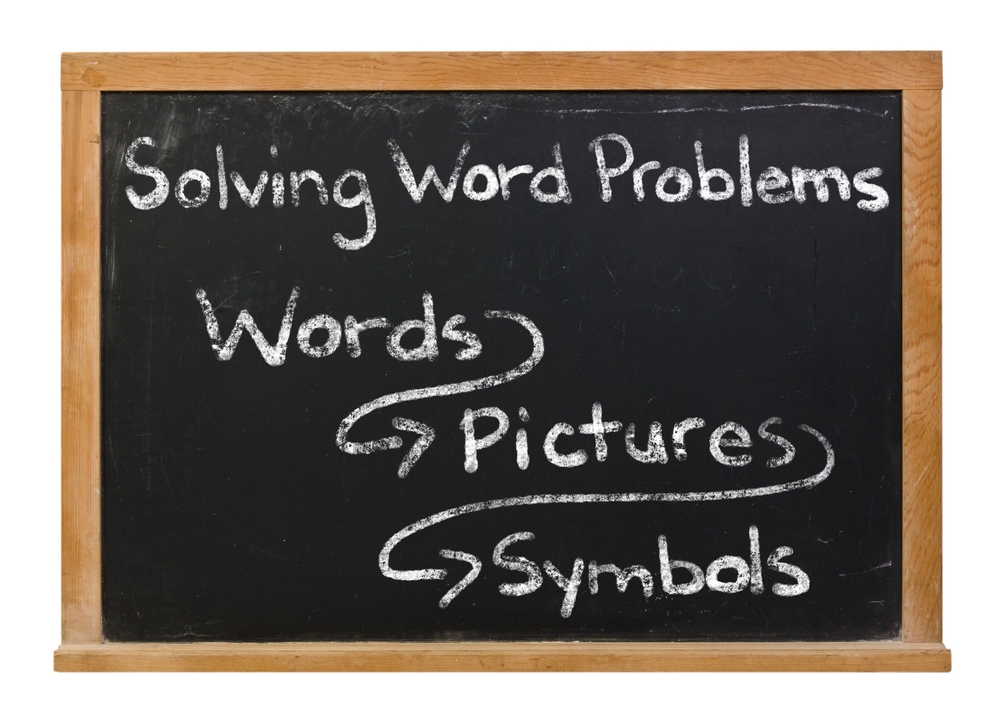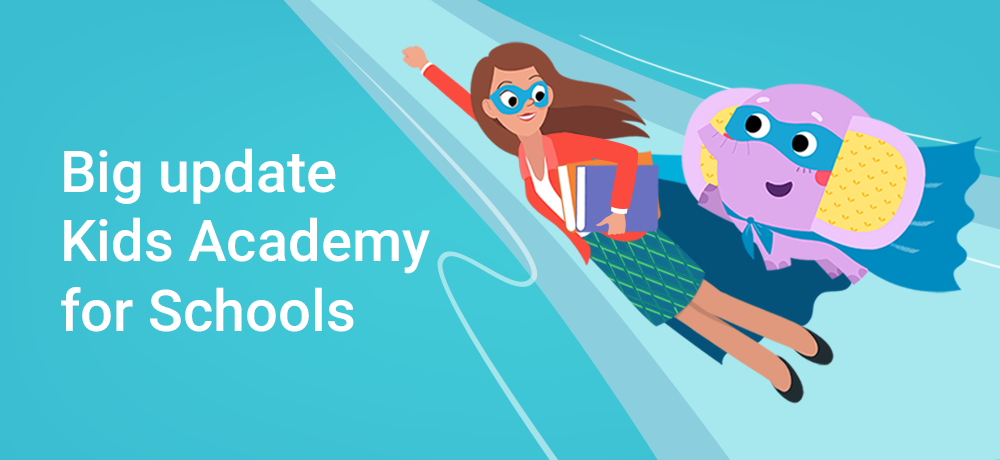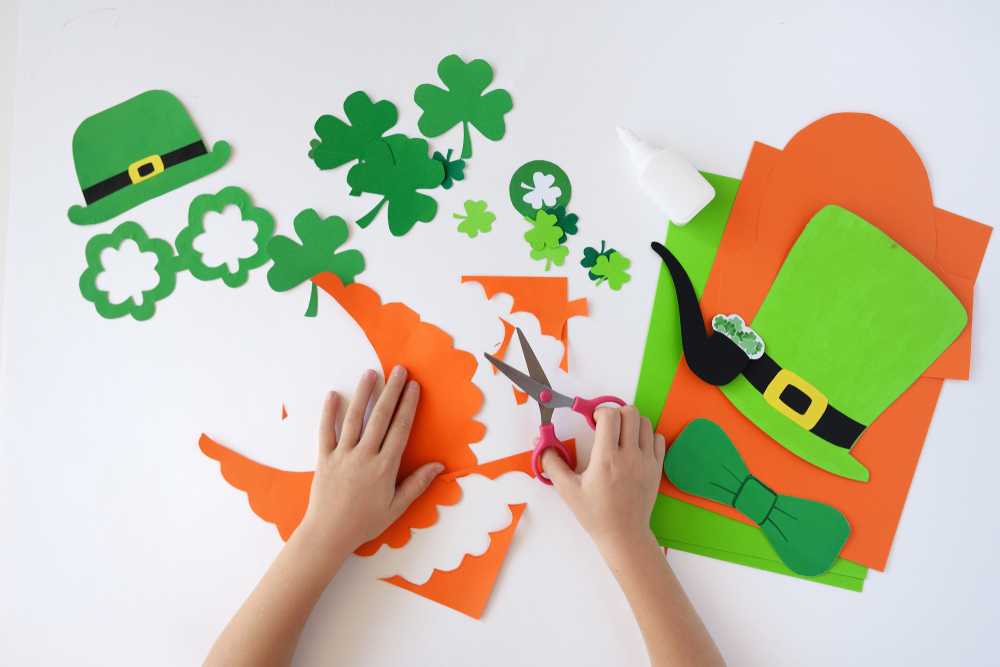Understanding antonyms Worksheets for Kids
2 filtered results
-
From - To
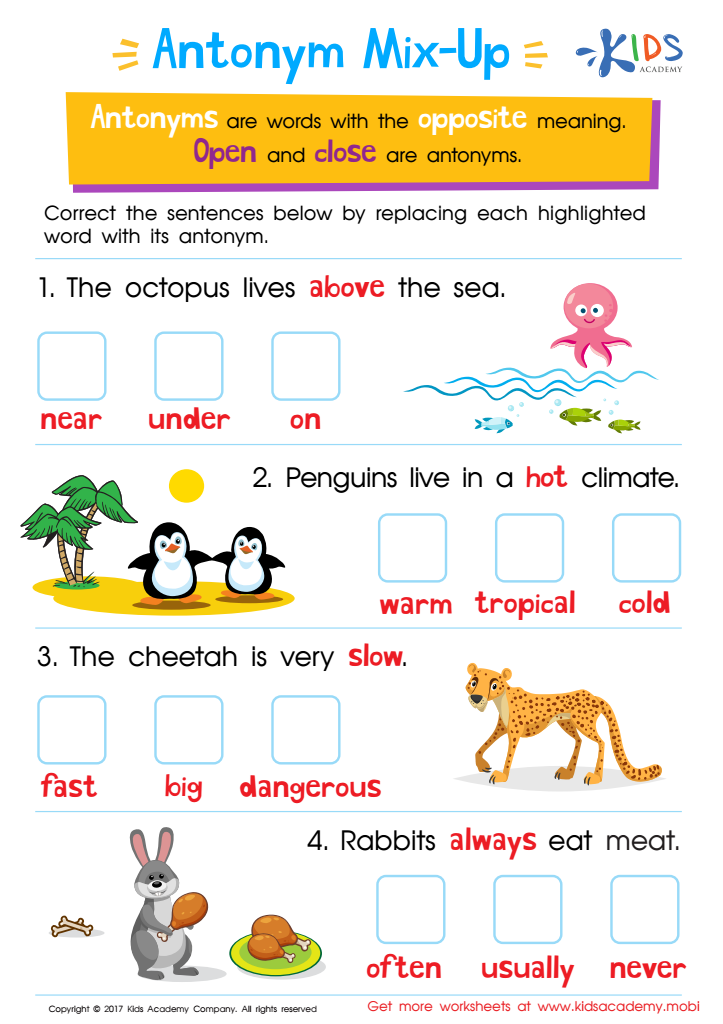

Vocabulary Antonyms Worksheet
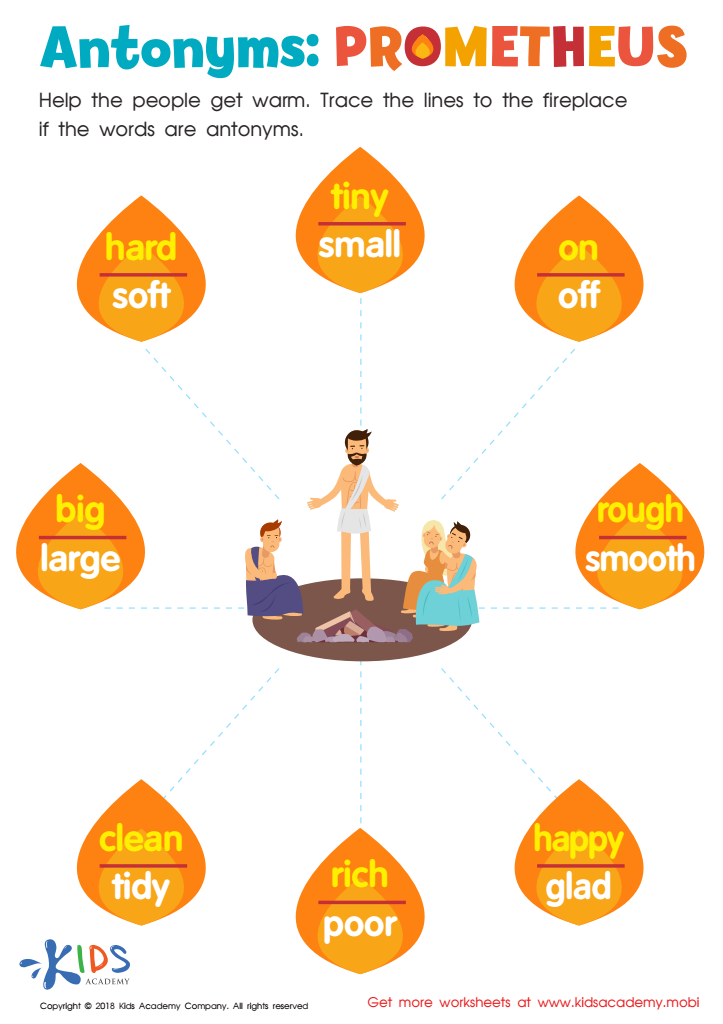

Antonyms: Prometheus Worksheet
Question/Answer
What are some effective activities to train students’ Understanding antonyms skill when teaching them about Building Vocabulary?
Effective activities for training students in understanding antonyms include creating matching games where students pair words with their opposites, using flashcards for quick recall drills, engaging in fill-the-blank exercises with antonyms in sentences, organizing group discussions to explore word pairs, and implementing interactive quizzes that reinforce the identification and usage of antonyms in various contexts.
How to test a Grade 3 student’s Understanding antonyms skills?
To test a Grade 3 student's understanding of antonyms, create a quiz or worksheet that includes a list of words and ask the student to write the opposite (antonym) for each word. Alternatively, use matching exercises where students match words to their antonyms, or multiple-choice questions where they select the antonym from a list of options.
Why is the Understanding antonyms skill important for Grade 3 students?
Understanding antonyms is crucial for Grade 3 students as it enhances their vocabulary, improves reading comprehension, and fosters precise communication. By learning opposites, they can more accurately describe feelings, actions, and attributes, enriching their ability to understand and express complex ideas. This skill also aids in developing critical thinking by recognizing and analyzing contrasting concepts.
 Assign to the classroom
Assign to the classroom


